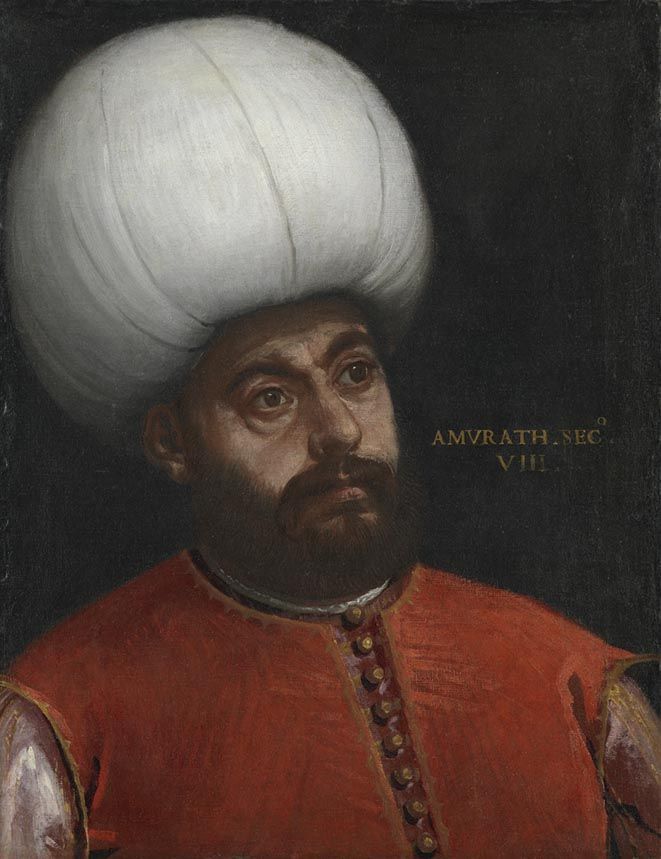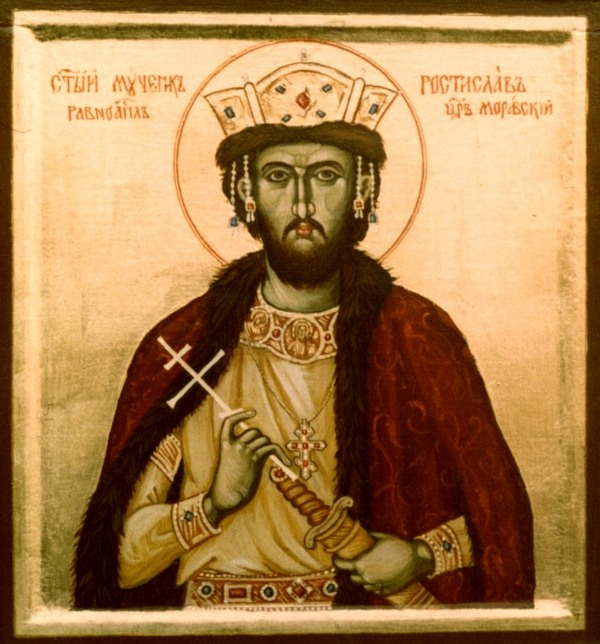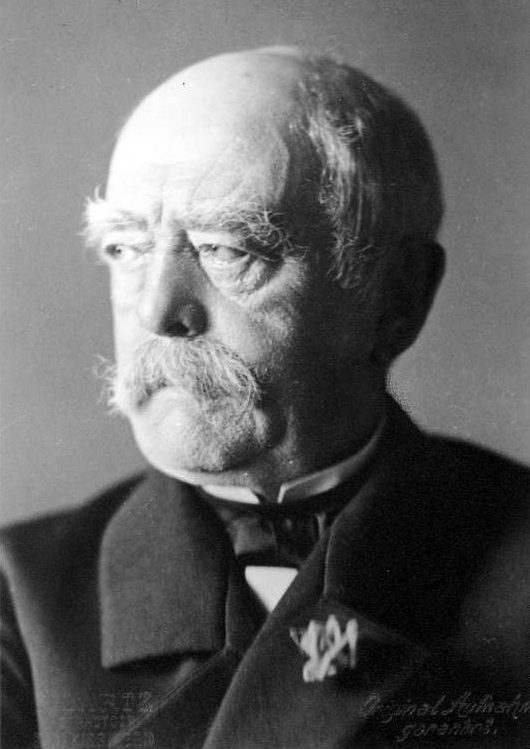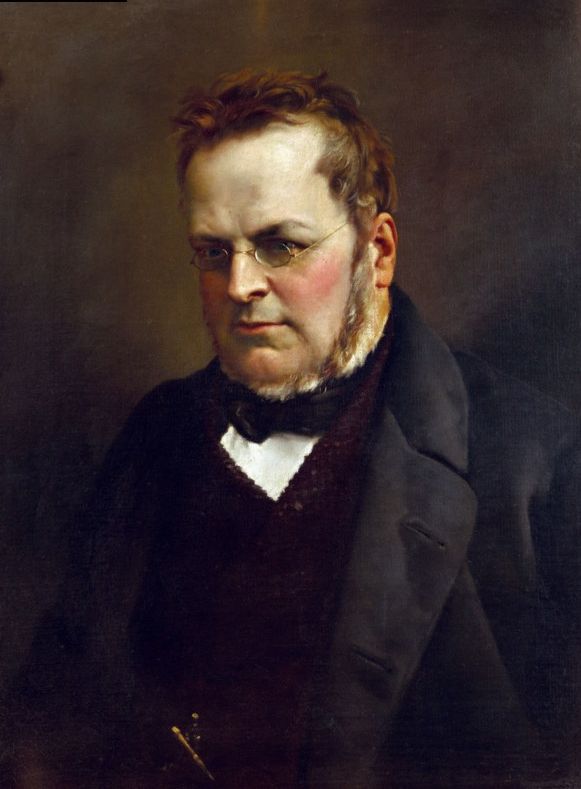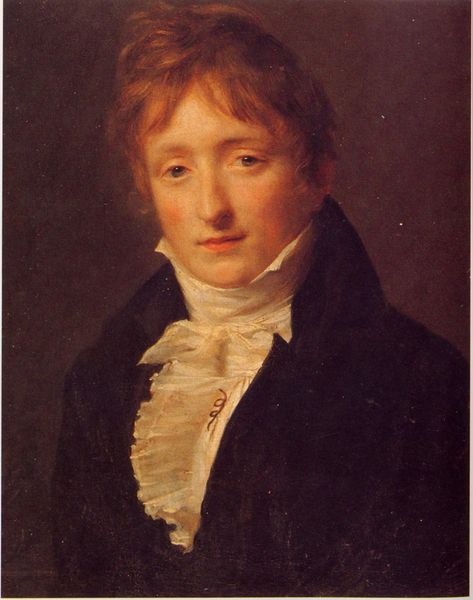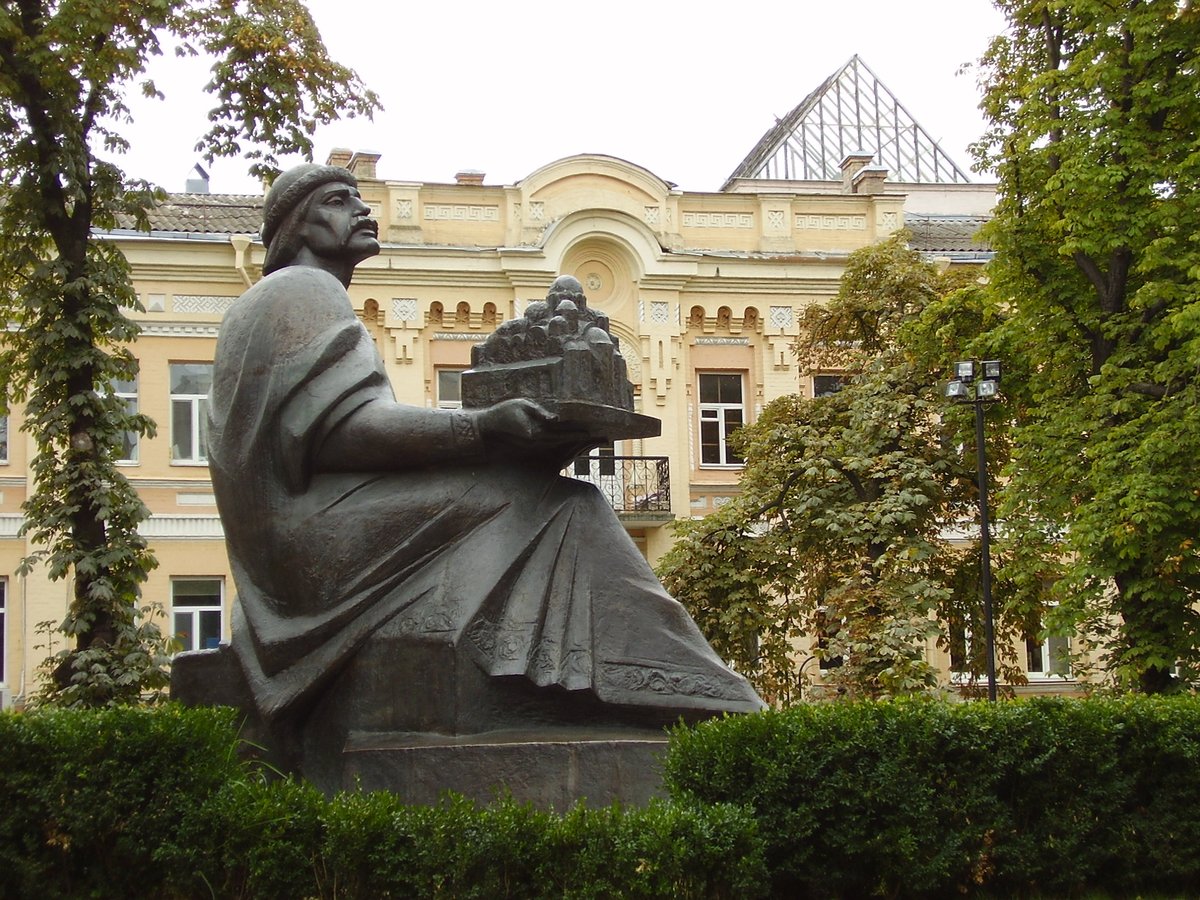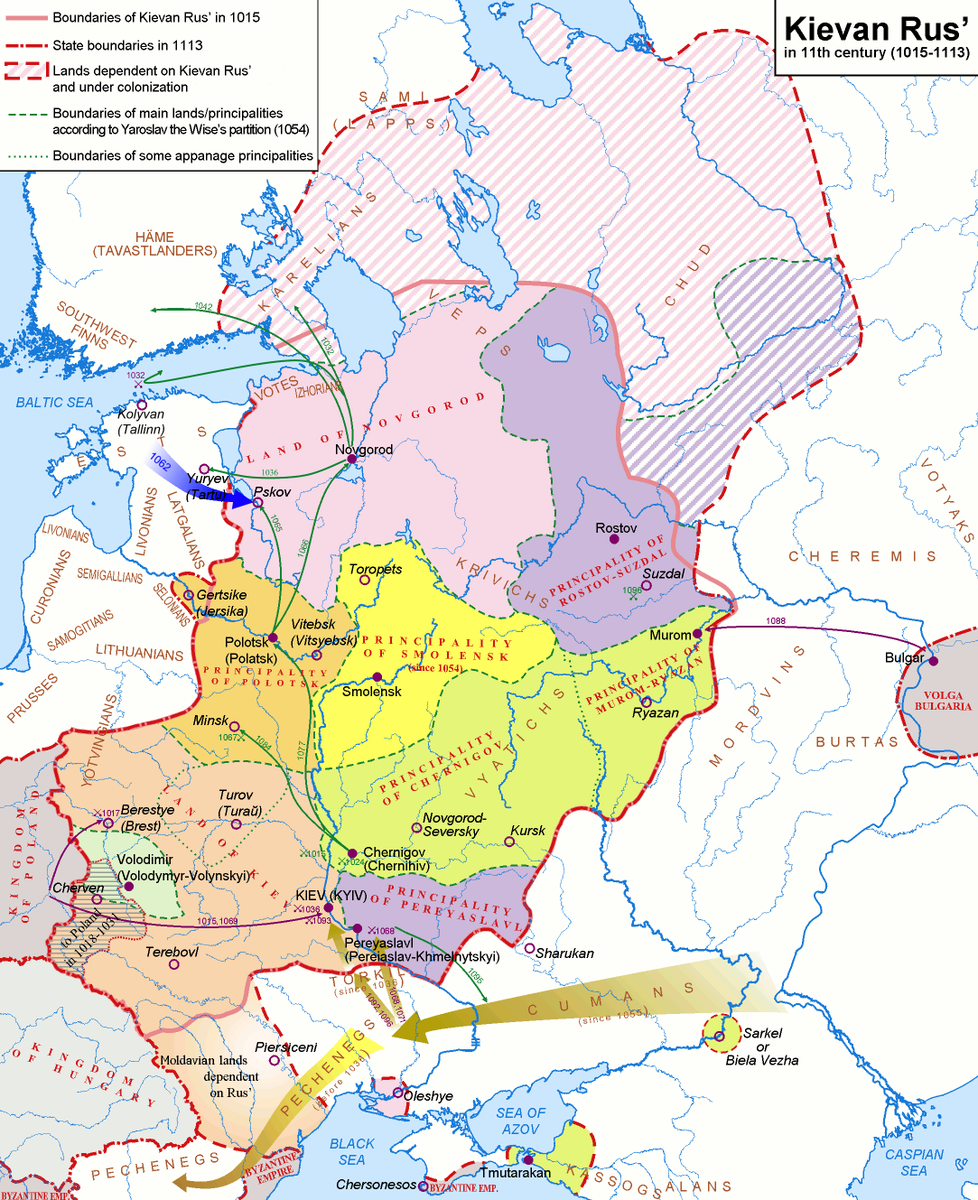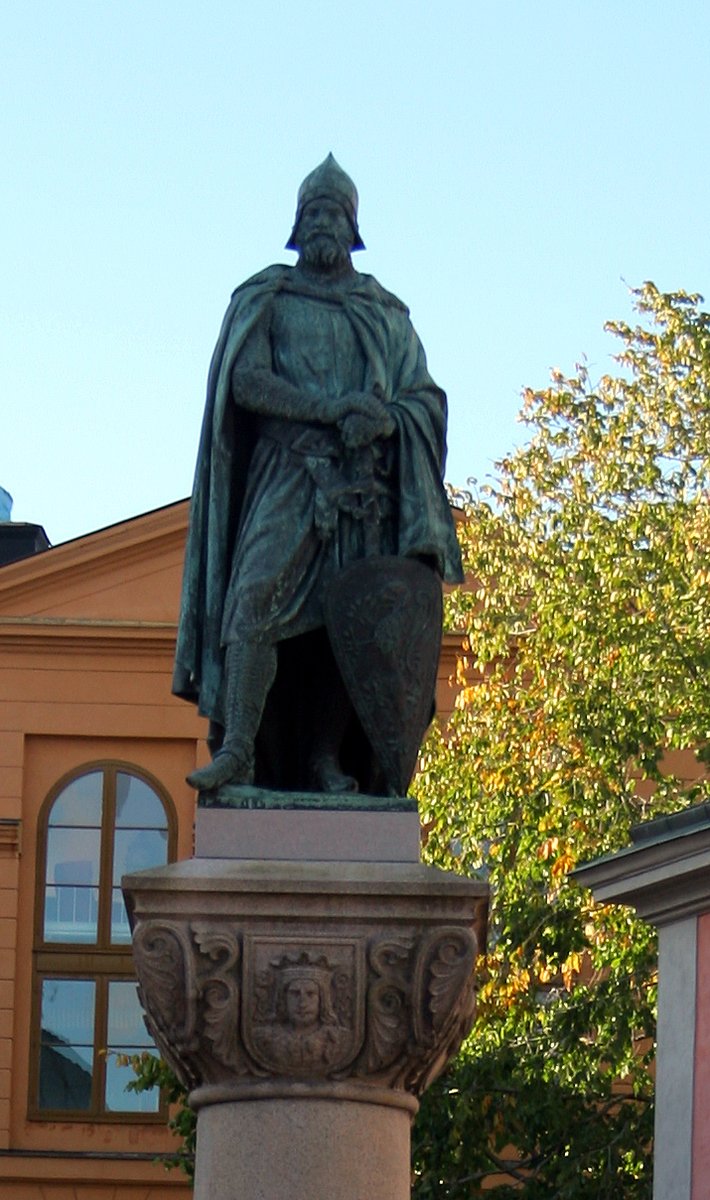It always begins with the first step.
Be it past the Rubicon or on the Moon.
Or a journey to explore the world.
Story in the evening ...
Be it past the Rubicon or on the Moon.
Or a journey to explore the world.
Story in the evening ...
https://twitter.com/Arby_K/status/1443765309521891340
Henrique de Portugal was born in 1394 to King João of Portugal & Philippa of Lancaster. Born illegitimate to King Pedro of Portugal, João had fought Kingdom of Castile to establish his control over Portugal, after Castile claimed the crown and arrested João's half brothers. 1/10 

Henrique was the third oldest son among the five legitimate sons of his father. Unlikely to succeed as King, Henrique's future changed when his father led an expedition to Marinid Cueta in 1415. It would be the first step for Henrique's navigation into charted waters. 2/10 

Though the Romans had a considerable presence in North Africa, its successor states in the West rarely ventured into the continent. Only the Vandals who acquired the Roman province in Africa in 5th century and Norman Kingdom of Sicily had managed to hold on to rule. 3/10 



Since the fall of the Visigothic Kingdom in 711 to the Umayyads, there had been a Christian effort to reconquer the Iberian peninsula. By Henrique's time, all except the Emirate of Granada had been retaken, but that was in the Castilian sphere of influence. 4/10 

Henrique's overtures against Granada was not in his father's interest, since he didn't want a protracted war with Castile. But Henrique soon got another opportunity. In 1420, he was made Grand Master of Order of Christ, a Military Order with connections to Knights Templar. 5/10 

As Grand Master, Henrique had access to considerable funds, which he put to good use. He sponsored exploratory voyages down the African coastline into the Atlantic. He saw an opportunity for commerce and slaves from the region. 6/10 

Among the first things he did was to get the appropriate people, tools and equipment. With an army of cartographers, ship designers and astronomers, he scoured different sources for data and built new ships more amenable to oceanic voyages. 7/10 

After acquiring the Madeira Islands and the Azores, Henrique focussed on the area south of Cape Bojador, then the southernmost part of Africa known to Europeans, thanks to sea monsters and the end of the world. In 1434, Gil Eanes "crossed" it and returned with the currents. 8/10 



Henrique also attempted to capture Tangier in 1437, but it ended in a disaster. Ceuta was demanded as payment for release of the Portuguese force. But when that was not received, Henrique's younger brother, Fernando, spend the rest of his life as a hostage in Fez. 9/10 

But the explorations along the Atlantic allowed the Portuguese to cut out the middle men in trade with Africa. Though Henrique died in 1460, the explorations continued southwards ushering an era of exploration for Europeans initially led by the Portuguese. 10/10 

* Ceuta
• • •
Missing some Tweet in this thread? You can try to
force a refresh


